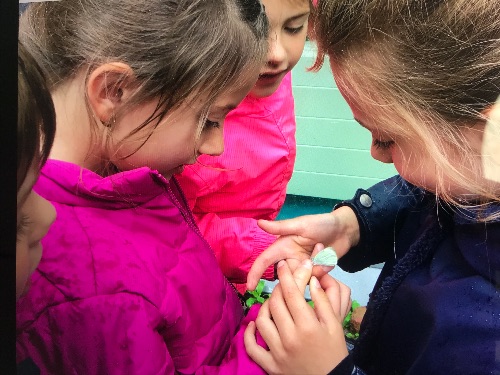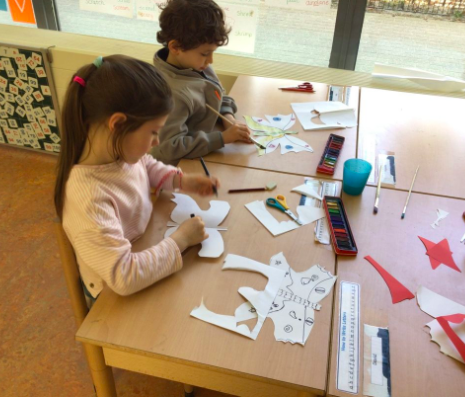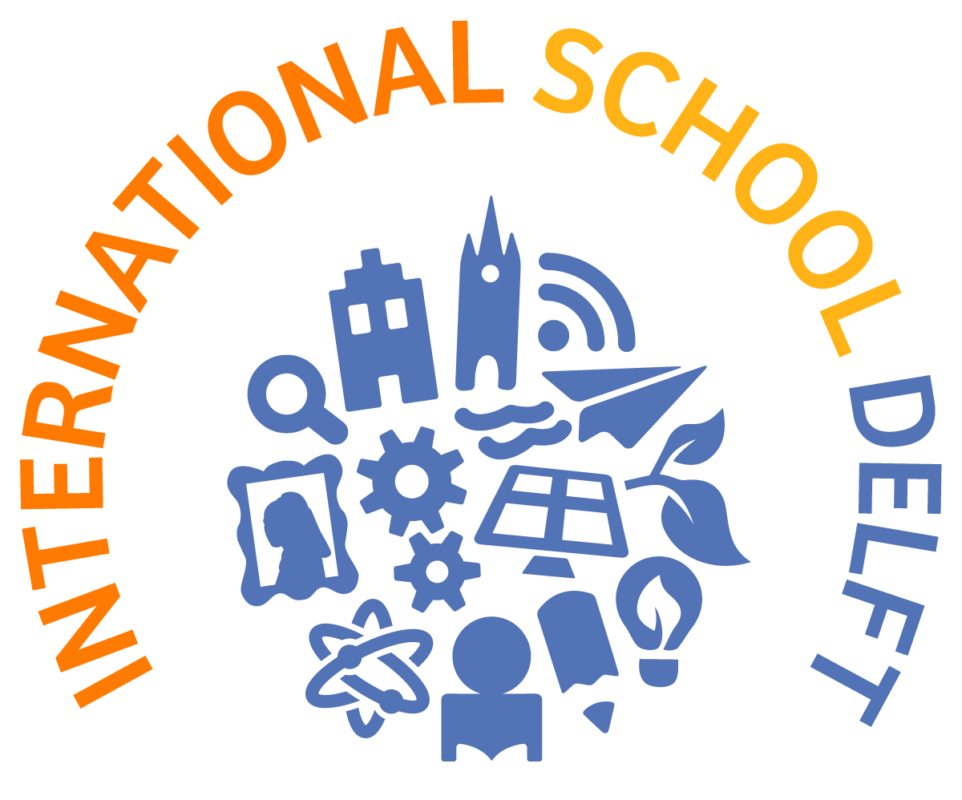PYP3 A and B are about to round off an exciting learning journey about life cycles. We started the unit with looking at our own life cycle. Students brought in pictures of the first stages of their lives and we wondered about the stages that will follow. “What will you look like when you are a bit older?” What will you look like when you are a granny? ”
After exploring our own life cycle, we looked at other life cycles. Planting seeds was one of the first things we did during this unit. We planted seeds of different kinds of plants and in a few weeks’ time, we had our own mini garden to observe and take care of. And that was not all, the first week of our unit, the caterpillars arrived!

We started writing growth diaries about the plants and caterpillars and discovered many interesting facts about their life cycles. Students discovered that a caterpillar’s first meal is its eggshell and a caterpillar’s life is just about one thing: eating! Some students noted that this sounds like a good life, especially if you add the fact that they can walk upside down! But then the caterpillar’s life changed tremendously; students observed how a caterpillar transforms into a chrysalis. This stage worried some of them, “how do we know it is still alive?” “Is it sleeping?” “Does it hurt?”

Learning about caterpillars also led us to sorting animals in different ways, for example: species, needs, habitats. We used Venn diagrams to sort them and students found out that different species can still have things in common.

There is a chance that on our last day of the unit our last butterflies will emerge. We are hoping that they will, wouldn’t that be a fantastic way to say goodbye to this rich unit of inquiry?


